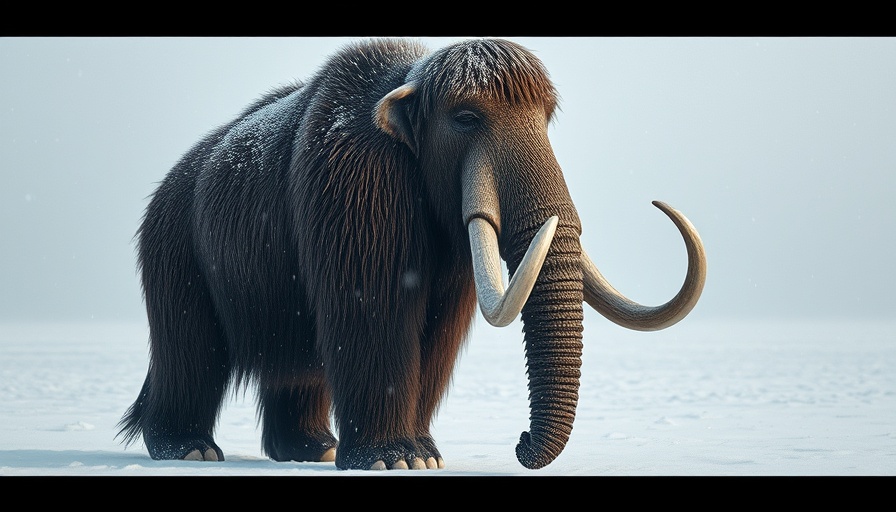
The Fascination with Wooly Mammoths and Their Revival
In recent months, the topic of de-extinction has surged from the realm of science fiction into the spotlight of scientific innovation. Spearheaded by Colossal Biosciences, a startup led by geneticists George Church and Beth Shapiro, efforts to resurrect extinct species—particularly the wooly mammoth—are making waves. This resurgence brings not only scientific intrigue but also cultural curiosities that link our past to the present and future.
The Popular Culture Phenomenon
Wooly mammoths have long captured human imagination, becoming symbols in both science and popular culture. Historical figures like Thomas Jefferson expressed hope that live mammoths lurked undiscovered, while contemporary films like the Ice Age franchise feature these majestic creatures prominently. Their recurring presence in our cultural narrative raises the question: why do we find wooly mammoths so enchanting? The willingness to invest in their revival reflects a deeper connection to our history and the nostalgia surrounding these ice-age titans.
Climate Change: A Modern Context
As climate change actively reshapes our world, wooly mammoths have also become icons of our ecological struggles. Recently, environmental activists used a wooly mammoth model to draw attention to climate issues by painting its tusks bright pink in protest. Such actions underscore the necessity of connecting our past environmental challenges with the ones we face today. Mammoths symbolize loss and what we stand to gain—or lose—in our fight against climate change.
Ethical Questions Around de-Extinction
The de-extinction of species evokes strong debates in ethics and biotechnology. While some advocate for the revival of wooly mammoths and other extinct species, questioning their role in today's ecosystems arises. Envisioning a world where mammoths could graze on tundra that reflects their ancient habitats challenges our understanding of biological and ecological balance. As we consider the potential outcomes of biotechnology advancements like CRISPR, we must also weigh the ethical ramifications of such decisions.
The Role of Biotech in the Future
Biotechnology stands at the forefront of this ambitious endeavor. The techniques employed to bring back wooly mammoths not only serve scientific curiosity but also promise advancements in genetics and biology. Colossal's creation of “wooly mice”—genetically spliced rodents embodying traits of their long-extinct cousins—demonstrates how innovations in genetic engineering can push boundaries, raising excitement and concern about where such experimental pathways may lead.
The Bigger Picture: What’s at Stake?
Understanding the fixation on reviving wooly mammoths provides insights into our societal values and environmental considerations. As we forge ahead into this uncharted territory, it’s crucial to reflect on the implications of our actions. What can we learn from the past, and how will our decisions shape the future of our ecosystem? The conversations surrounding wooly mammoths epitomize the intersection of science, culture, and morality.
As we delve deeper into the possibilities that science offers, it's essential to engage thoughtfully with such topics. What role do you think biotechnology should play in shaping our ecosystems, and how does our fascination with creatures like the wooly mammoth inform our actions toward larger environmental challenges? Commitment to understanding these dynamics will lead us toward a more informed future.
 Add Row
Add Row  Add
Add 




Write A Comment